Details of the Target
General Information of Target
Probe(s) Labeling This Target
ABPP Probe
| Probe name | Structure | Binding Site(Ratio) | Interaction ID | Ref | |
|---|---|---|---|---|---|
|
STPyne Probe Info |
 |
K374(10.00); K382(5.00); K544(6.67); K562(5.88) | LDD0277 | [1] | |
|
ONAyne Probe Info |
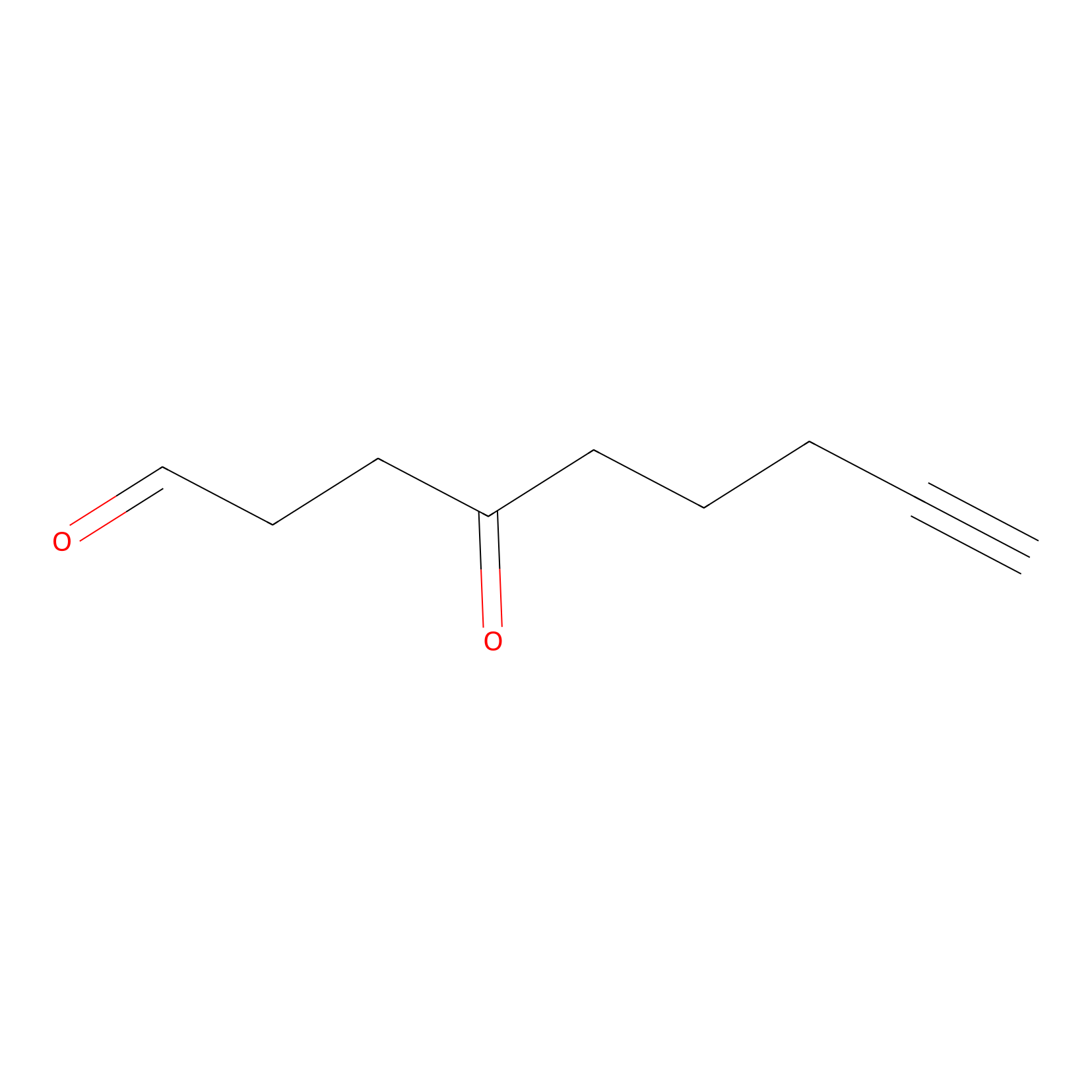 |
K374(0.96) | LDD0275 | [1] | |
|
DBIA Probe Info |
 |
C235(3.05) | LDD3311 | [2] | |
|
Acrolein Probe Info |
 |
N.A. | LDD0223 | [3] | |
|
CY-1 Probe Info |
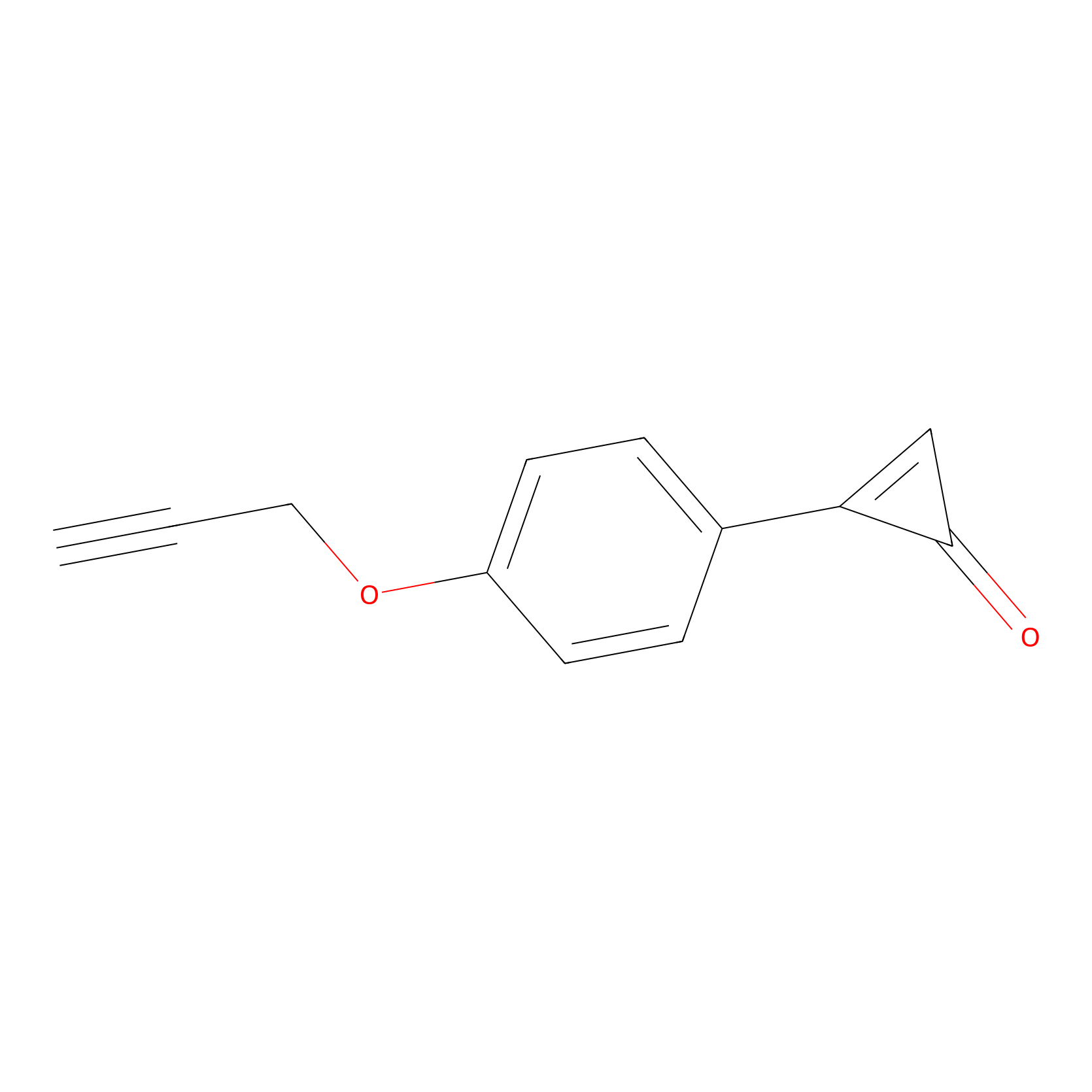 |
D538(0.00); E536(0.00); M535(0.00) | LDD0246 | [4] | |
|
4-Iodoacetamidophenylacetylene Probe Info |
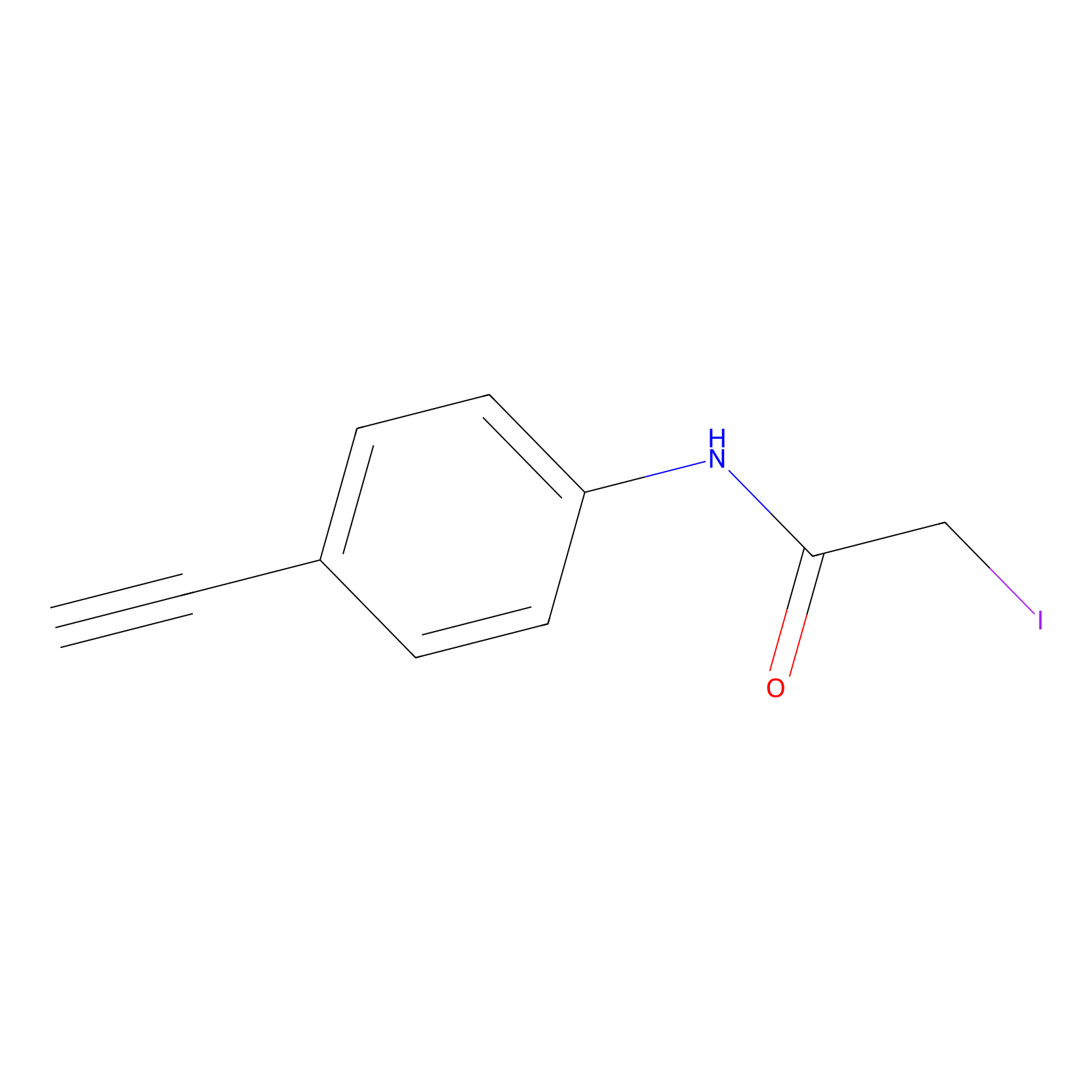 |
C407(0.00); C270(0.00); C396(0.00) | LDD0038 | [5] | |
|
IA-alkyne Probe Info |
 |
C407(0.00); C82(0.00); C270(0.00); C235(0.00) | LDD0036 | [5] | |
|
IPIAA_L Probe Info |
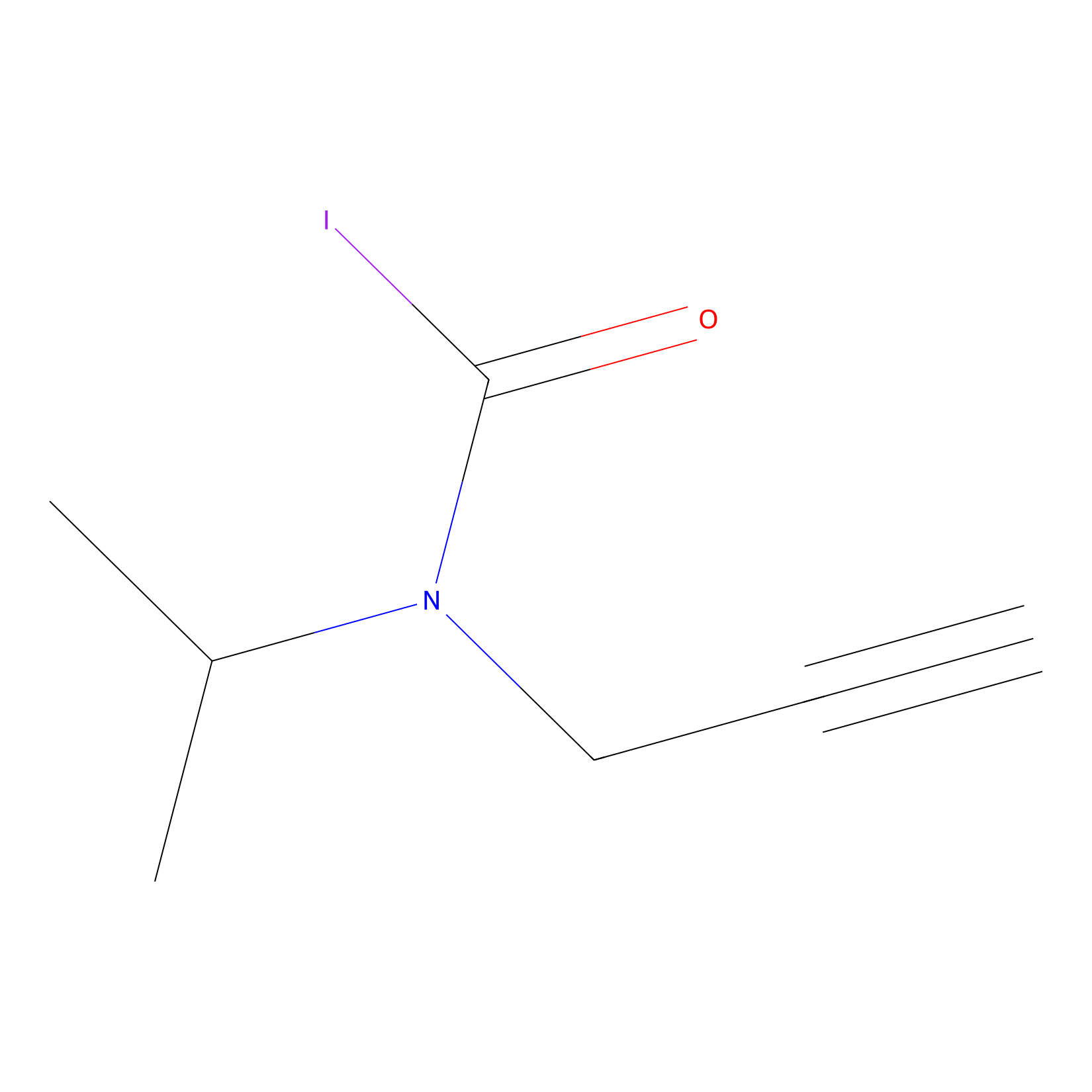 |
N.A. | LDD0031 | [6] | |
|
Lodoacetamide azide Probe Info |
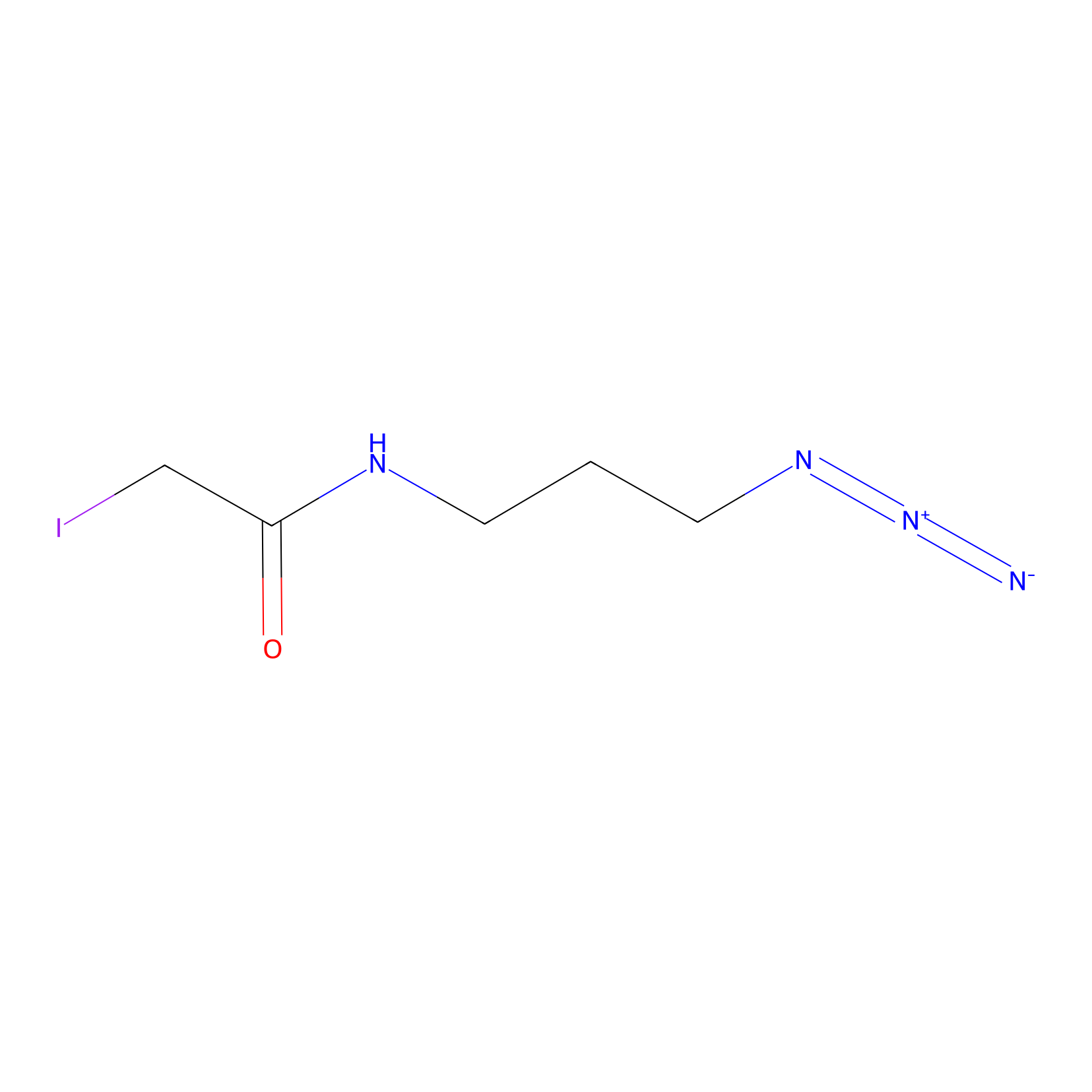 |
C235(0.00); C407(0.00); C82(0.00); C396(0.00) | LDD0037 | [5] | |
Competitor(s) Related to This Target
The Interaction Atlas With This Target
The Protein(s) Related To This Target
Enzyme
References
